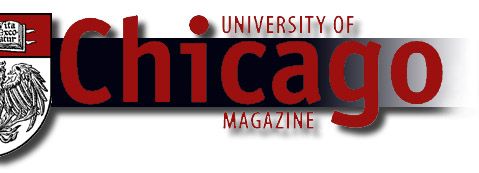|
As the omega hunters head into the endgame, Kolb�s colleague Michael
S. Turner, the Bruce and Diana Rauner distinguished service professor
and chair of astronomy and astrophysics, describes the possible
outcomes. If omega is greater than 1 (what Turner calls a �long-shot
bet�), what happens is a Big Crunch: �The universe stops expanding,
starts contracting, and it gets hotter than hell,� he says. The
cosmos again becomes infinitely hot and dense as it was at the instant
of the Big Bang.
If omega is less than 1, Turner warns of a Big Chill: �That�s the
case that�s sort of depressing, because the universe expands forever.
It gets colder. Eventually all the stars burn out. The next thing
that happens�most of us believe that matter is unstable�all the
material in the universe decays, so it becomes a pretty lonesome
place. You�re left with black holes, photons, electrons. In a real
sense, the universe kind of meets its end.�
How will the cosmologists find omega? In principal, Kolb says,
it�s a simple thing to do: Just measure the total density of the
universe, determine the critical density theoretically, and see
whether their ratio is larger or smaller than 1. The problem, he
continues, is that it�s hard to find the average mass density of
the universe. �So, you want to weigh a galaxy? Where do you put
the scale? How many galaxies are there?� Kolb shrugs. But two things
have allowed the cosmologists to pursue omega and finally to corner
it: First, they found that they actually could weigh the universe,
or at least certain parts of it, and second, they realized that
they didn�t even have to.
|



